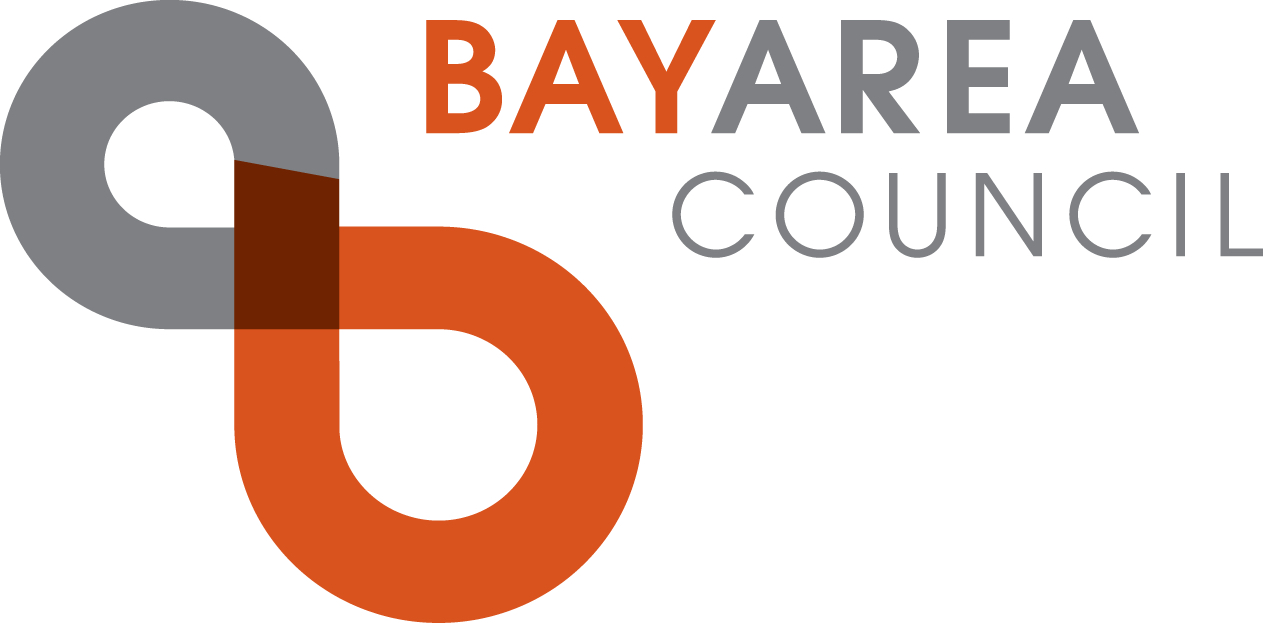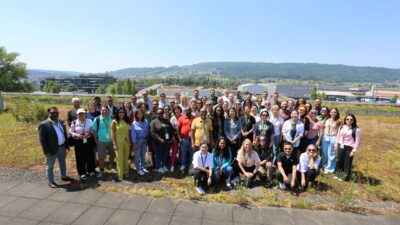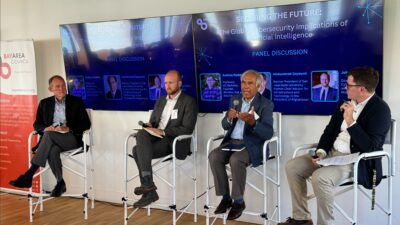NEW STUDY ASSESSES THE BAY AREA’S POWERFUL INNOVATION SYSTEM AND THE CHALLENGES IT FACES
Stagnating federal investment in basic research, declining state funding for higher education and immigration policies that limit access to global talent are threatening to erode the Bay Area’s position as the world’s premier center for technology and innovation, according to an in-depth report released by the Bay Area Science and Innovation Consortium (BASIC).
The report examines the unique mix of ingredients that make up the region’s dynamic technology and innovation eco-system, and how they work together to foster cutting-edge research, birth new industries and launch new companies and products. The report finds that compromising any of these ingredients can have a damaging ripple effect on the overall system and its ability to generate future jobs and growth.
“We have a powerful system of world-leading research institutions, companies, investors, entrepreneurs and networks that make this region a global super-hub for innovation. We can’t assume, however, that the region will keep its leading role if it fails to address its challenges or invest in its core assets, ” said Sean Randolph, President and CEO of the Bay Area Council Economic Institute, which authored the report based on interviews with BASIC institutions and other leaders in the region’s business, scientific and educational communities. “Solving the serious challenges outlined in the report will take a concerted effort by leaders at all levels of business, government and academia.”
Download the full report: The Bay Area Innovation System
Among the most serious threats that the study identifies are:
- Federal funding for basic research that leads to fundamental technological advances is stagnant, even as foreign governments are investing heavily in research and education.
- Federal limits on visas and green cards discourage many of the world’s best and brightest students, scientists and entrepreneurs from coming to the U.S., or staying after earning their advanced degrees.
- Dramatic declines in state and local funding for California public higher education, which supplies much of the region’s highly educated and well-trained workforce.
To address these issues, the report offers a series of specific recommendations for deepening collaboration between the public and private sectors, increasing funding for research and public higher education, and reforming immigration policy to allow better access to visas and green cards for highly educated immigrants.
While the study offers a compelling look at the challenges facing the region’s innovation and technology sector, it also highlights the region’s many strengths and advantages. The study details the Bay Area’s extraordinary strength in scientific research – with five world-leading research universities, five national laboratories, and a host of corporate and independent research laboratories. The economic impact of the scientific research generated by these facilities is amplified not just by their discoveries, but by the ecosystem of venture capital firms, angel investors, incubators, accelerators and formal and informal networks that surround them. The key to how this ecosystem works, and to its extraordinary technological and economic productivity, is the fluid way people and ideas circulate and interact, with few barriers to the creation of new ideas and value.
The ecosystem’s success is reflected in several metrics: the Bay Area generates more patents than anywhere in the country; it is home to more of the world’s top technology companies and to more young, fast-growing companies than anywhere in the country; and hosts more than half of the top clean-tech companies in the country, including seven out of 10 of the top social media companies in the world.
“In the Bay Area the whole is equal to more than the sum of its parts,” Randolph said. “The secret sauce is in how they interact. The result is a dynamic ecosystem where people, technologies and ideas are continuously combined to create new value. That’s hard to replicate anywhere else.”
At the same time, the region’s visible success masks troubling trends that impact the rich base of human capital and talent on which California’s innovation prowess is based.
“The Bay Area has a marvelous innovation machine where all the parts – universities, federal laboratories, technology and bio-medical companies, the investment community, are integrated and work together,” said Mark Bregman, Chair of BASIC. “The problem comes when you erode or damage one part of that system – like higher education, which can affect all the other parts. For the Bay Area to remain an innovation super-hub and the world’s leading marketplace for ideas, we need to understand the global innovation environment and how it’s changing, keep the doors open to the rest of the world, and continually reinvest in our assets.”





